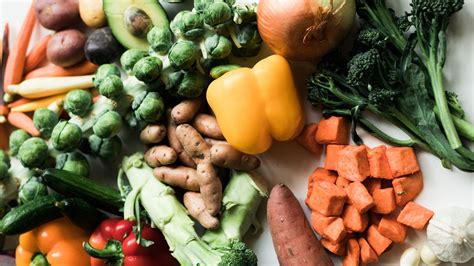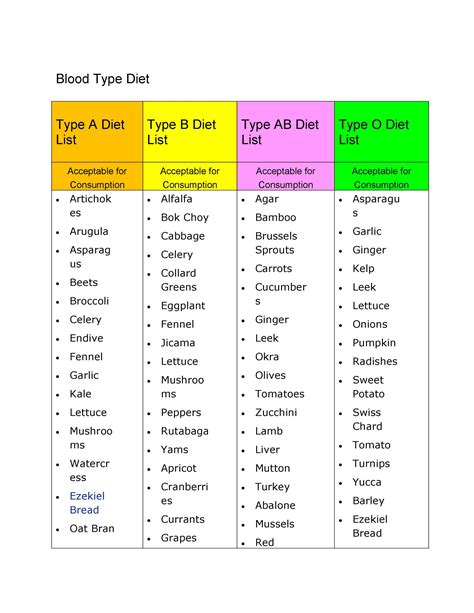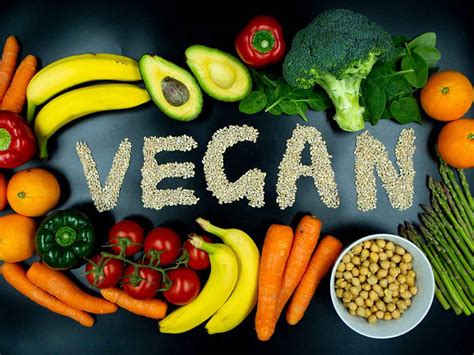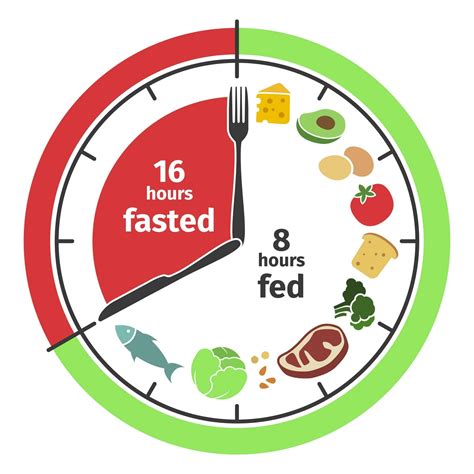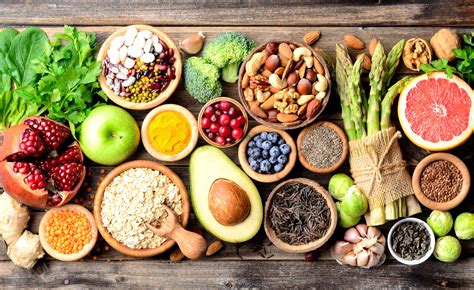Discover how to embrace a climatarian diet with climate-friendly foods, meal planning, cooking techniques, and tracking environmental impact for a sustainable lifestyle.
Understanding Climatarian Diet
Contents
Climatarian diet is a concept that focuses on reducing the carbon footprint of your food choices. It involves selecting foods that have a lower impact on the environment, such as fruits, vegetables, nuts, and grains, and minimizing the consumption of high-impact foods like meat and dairy products. The goal of a climatarian diet is to promote sustainability and minimize the environmental impact of your food choices.
By adopting a climatarian diet, individuals can contribute to reducing greenhouse gas emissions, deforestation, and water usage associated with food production. This diet also promotes the consumption of locally sourced and seasonal foods, further reducing the environmental impact of transportation and storage. Additionally, choosing organic and sustainably produced foods can support ethical farming practices and biodiversity conservation.
When following a climatarian diet, it is important to be mindful of the environmental impact of different food choices. This involves considering the carbon footprint, water usage, and land usage associated with different foods. By making informed decisions about the foods we consume, we can take small but meaningful steps towards mitigating the effects of climate change.
In summary, a climatarian diet involves making conscious choices to reduce the environmental impact of our food consumption. By prioritizing foods with a lower carbon footprint and supporting sustainable farming practices, individuals can play a part in promoting environmental sustainability and combating climate change.
Choosing Climate-Friendly Foods
When embarking on a climatarian diet, one of the most important things to consider is the types of foods you are consuming. Making the choice to opt for climate-friendly foods can have a significant impact on reducing your environmental footprint. One of the key principles of a climatarian diet is to select foods that have a lower impact on the environment, such as fruits, vegetables, whole grains, and legumes.
By prioritizing plant-based foods and reducing the consumption of animal products, you can significantly lower your carbon footprint. This is because the production of animal products, particularly meat and dairy, has been linked to high levels of greenhouse gas emissions. Opting for sustainably sourced and locally grown produce can also make a positive difference in reducing your environmental impact.
Another aspect of choosing climate-friendly foods is to consider the packaging and processing of the products you consume. Selecting foods that are minimally packaged and avoiding heavily processed items can help to minimize waste and reduce energy consumption. Additionally, opting for organic and fair trade products can support more sustainable agricultural practices and reduce the use of harmful pesticides and chemicals.
It is important to be mindful of the carbon footprint of the foods you consume and make conscious choices to prioritize those that are less taxing on the environment. With the wide variety of climate-friendly options available, making informed decisions about the foods you consume can contribute to a more sustainable and environmentally friendly diet.
Meal Planning for Climatarian Diet
Meal planning for a climatarian diet is essential in order to ensure that your meals are not only delicious and nutritious, but also environmentally friendly. With a little bit of forethought and creativity, you can plan your meals in a way that minimizes your carbon footprint and reduces your impact on the planet.
One strategy for meal planning as a climatarian is to focus on using locally sourced, seasonal ingredients. This means that the food you eat has traveled fewer miles to get to your plate, reducing the emissions associated with transportation. Additionally, choosing organic produce can further reduce your environmental impact by avoiding the use of synthetic pesticides and fertilizers that can harm ecosystems.
When planning your climatarian meals, consider incorporating a variety of plant-based foods such as fruits, vegetables, grains, and legumes. These foods tend to have a lower carbon footprint compared to animal products, and can be delicious and satisfying when prepared thoughtfully. Experimenting with different cuisines and flavors can help keep your meals interesting and diverse while still adhering to climatarian principles.
In addition to choosing climate-friendly ingredients, implementing meal prepping techniques can further streamline your climatarian meal planning. By preparing large batches of soups, stews, or grain bowls in advance, you can minimize food waste and save time during busy weekdays. This can also help reduce your reliance on single-use packaging and convenience foods, contributing to a more sustainable lifestyle overall.
Overall, meal planning for a climatarian diet involves thoughtful consideration of the environmental impact of your food choices, as well as practical strategies for making those choices a regular part of your routine. With a little creativity and planning, you can enjoy delicious, satisfying meals while also making a positive impact on the planet.
Cooking Techniques for Climate-Friendly Meals
When it comes to cooking for a climatarian diet, there are several techniques you can use to create climate-friendly meals. One of the most important factors to consider is the source of your ingredients. Opting for locally sourced and seasonal produce can significantly reduce the environmental impact of your meals. Additionally, cooking techniques such as steaming, roasting, and stir-frying can help retain the nutritional value of your ingredients while using less energy compared to boiling or deep frying.
Another important aspect of cooking for a climatarian diet is minimizing food waste. Utilizing every part of an ingredient, such as using vegetable scraps to make broth or incorporating leftover grains into a salad, can help reduce the amount of food that goes to waste. This not only benefits the environment, but also helps you save money and get more creative with your meals.
Furthermore, opting for plant-based proteins and incorporating more vegetarian meals into your cooking routine can have a positive impact on the planet. You can experiment with different cooking techniques such as marinating, grilling, and sautéing to enhance the flavors of your climate-friendly dishes.
Lastly, being mindful of the energy consumption during cooking is crucial for promoting a sustainable diet. Using energy-efficient appliances and cooking methods, such as using a microwave or a pressure cooker, can help reduce the carbon footprint of your meals. These small changes in your cooking techniques can collectively make a difference in reducing the environmental impact of your diet.
Tracking Environmental Impact of Your Diet
When it comes to making a positive impact on the environment, it’s important to consider the effects of our diet. The food choices we make can have a significant impact on the environment, from the resources used in production to the emissions generated during transportation. Tracking the environmental impact of your diet is a great way to become more mindful of how your food choices affect the planet.
One way to track the environmental impact of your diet is by looking at the carbon footprint of the foods you consume. This involves examining the amount of greenhouse gases produced during the production, transportation, and storage of the foods. By choosing foods with a lower carbon footprint, such as locally sourced produce and plant-based options, you can reduce your environmental impact.
Another important factor to consider when tracking the environmental impact of your diet is water usage. Many foods require a significant amount of water to produce, and by choosing foods with a lower water footprint, you can help conserve this precious resource. For example, opting for grains and legumes over meat products can significantly reduce your water footprint.
In addition to carbon and water footprints, it’s also important to consider other aspects of food production, such as land usage and deforestation. By choosing foods that require less land and are produced in a sustainable manner, you can help minimize the environmental impact of your diet. This may involve choosing products that are certified organic or are produced using environmentally friendly practices.
Tracking the environmental impact of your diet may seem like a daunting task, but there are resources available to help you make more informed choices. From apps that provide information on the carbon footprint of products to websites that offer tips on sustainable eating, there are plenty of tools to assist you in making climate-friendly food choices. By staying informed and making conscious decisions, you can take steps to minimize the environmental impact of your diet and contribute to a healthier planet.

